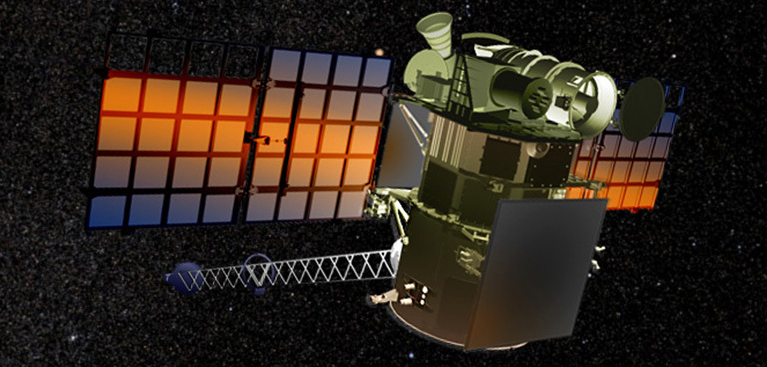The National Oceanic and Atmospheric Administration’s (NOAA) Deep Space Climate Observatory (DSCOVR) satellite is fully operational again, nine months after a technical glitch.
Observations were stopped on June 27, 2019 when engineers placed DSCOVR in a safe hold mode due to issues with its attitude control system.
NOAA and NASA engineers worked together to develop a flight software patch to restore DSCOVR’s operations.
Steve Volz PhD, assistant NOAA administrator for satellite and information service, said, “Bringing DSCOVR operational again shows the unique skills and adaptability of our NOAA and NASA engineers and the care we are taking to get the maximum life from an aging asset.”
While DSCOVR was out of service, NOAA’s Space Weather Prediction Center (SWPC) received critical space weather observations from NASA’s Advanced Composition Explorer and continued to issue space weather alerts, watches and warnings.
DSCOVR was launched on February 11, 2015, making it the USA’s first operational satellite in deep space, orbiting about one million miles from Earth.
It is the USA’s primary monitor of real-time solar wind data and a warning system for solar magnetic storms.



